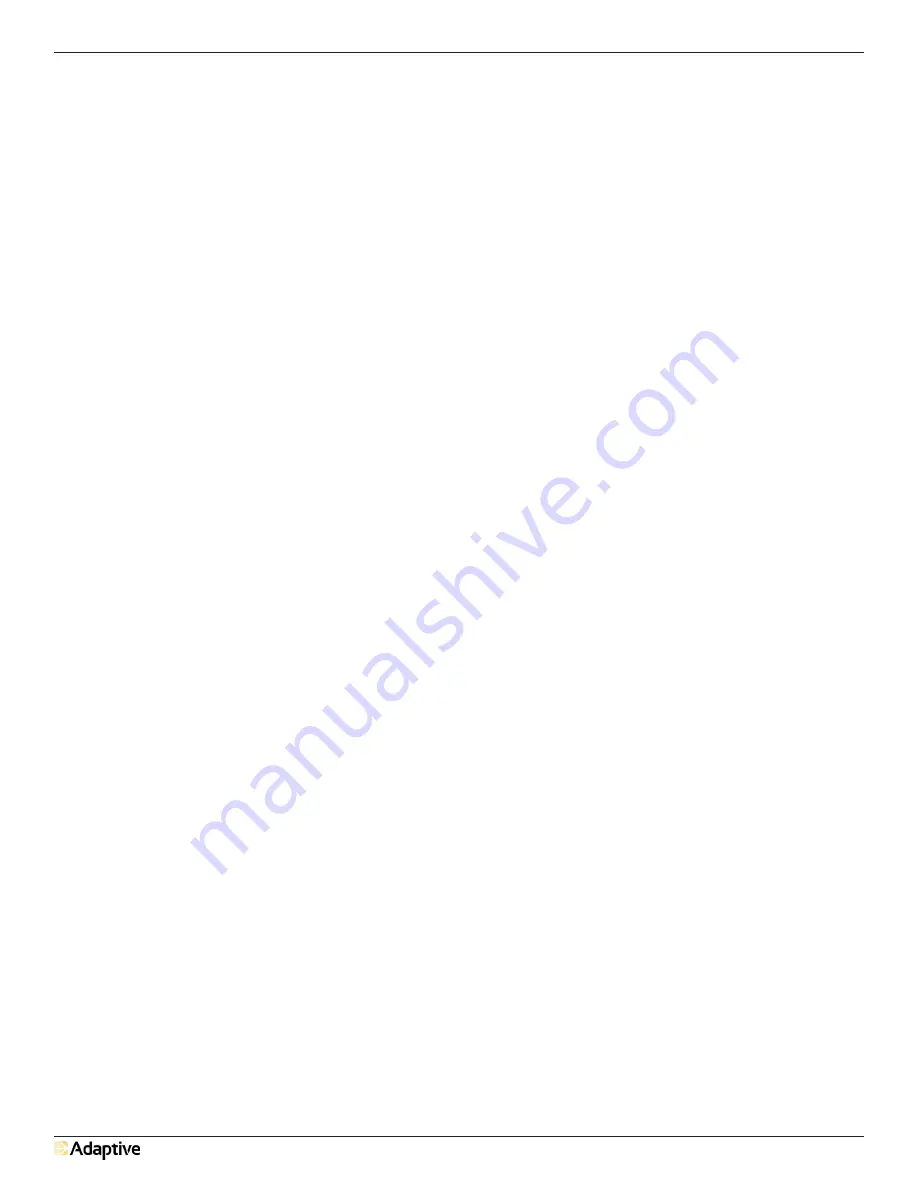
FAST-18T Radar Speed Display Trailer user Manual
16
For these reasons, it is always best to charge the trailer overnight (and/or weekends) from the nearest
available 120volt AC outlet whenever possible. This way the battery bank is always sufficiently charged for
the day’s duty allowing the solar charger to more easily provide supplemental power during daily service.
Nightly charging also serves to prevent the total discharge of the battery bank due to shading and/or
overcast conditions that can naturally occur during the day.
Remember that even though the batteries are capable of heavy duty service, they can be electrically
damaged internally if they are left either partially or completely discharged over a period of time. When
not being charged, the nominal voltage across the battery bank should read at least +12.8vdc. Allowing
the bank to drop below +11volts for any period of time (which corresponds to approx. 80%discharged)
greatly increases the risk of shortening the battery’s life, by way of causing its internal plates to “sulfate”
which stops their ability to charge-discharge properly.
Therefore, for long and reliable service, always charge the trailer at night from the power grid then rely on
a properly positioned solar panel during the daylight hours for good supplemental power.
SOLAR CHARGER GREEN LED
The green LED solar charger indicator is on whenever any light (either sunlight or lamp light) is reaching the
solar panel. This green LED also turns off during low light conditions or at night. Since the Sun Saver solar
controller uses a sensitive PWM type of constant voltage charging process, there is usually some amount of
energy going into the battery at all times provided the panel is receiving some type of light. This may happen
even though the charging current can fall to very low levels when the battery (or battery bank) is close to
being fully charged. Hence, for indication of the best supplemental solar charging taking place at any time
out in the field, note the solar controller green LED. It can provide an approximate indication of how well the
system is charging during changing light conditions while set up at any given location.
7.
MAINTENANCE, CLEANING, & CARE
Trailer & Enclosure:
Your entire FAST–18T trailer has been powder coated for a long-lasting great look. While powder coat finishes
are tougher and much more flexible than conventional solvent based paints, they are about the same
hardness as automotive paint, so they will scratch.
Touch up any dings or scratches as soon as possible as
you would with a vehicle to prevent rust. Also, if the safety chain is wrapped around the trailer tongue,
extra finish damage may occur.
To clean a powder coated surface, use the same care and methods you would use to clean your car. Gently
wash with a clean, soft cloth and a mild detergent followed by a clear water rinse. Even though most powder
coatings are highly resistant, certain solvents can harm them. Avoid contact with nail polish remover, paint or
lacquer thinners, motor oils, transmission or brake fluids or parts cleaning fluids. If any of these should contact
the powder coated surface, immediately wipe the area with a soft, clean cloth, and wash as described above.
Polycarbonate Screen and Solar Panel:
To prevent scratching, please take care to use only the proper cleaning products and techniques outlined here:
1. Rinse with lukewarm water. Wash and rub gently with a mild soap or detergent and lukewarm water, using
a soft cloth or sponge. DO NOT USE DRY PAPER TOWELS OR SCRUB using brushes or squeegees as they will
scratch the surface!!!
2. Rinse again. Dry with soft cloth or moist cellulose sponge to prevent water spotting.
3. To remove wet paint, glazing compound or grease, rub lightly with a good grade of VM&P naptha or
isopropyl alcohol, then wash and rinse. DO NOT USE GASOLINE.
4. Compatible Cleaning Agents include Fantastik, Formula 409, Hexcel, F.O. 554, Joy, Lysol, Mr. Clean, Neleco-
Placer, PineSol, Top Job, & Windex.






































